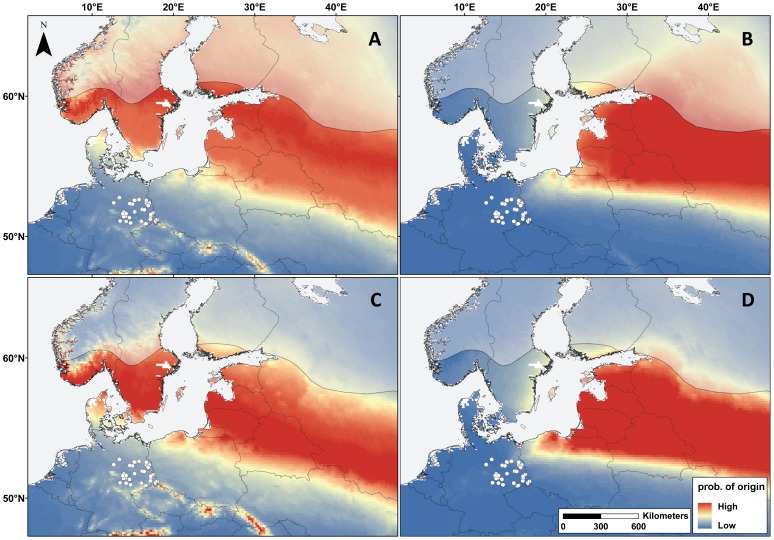Figure 2. Predicted geographical provenance of the 28% of migratory Nyctalus noctula (n = 37), separated by females (A,B) and males (C,D) found dead below wind turbines in Eastern Germany.
Geographical areas marked red are areas of likely breeding origin and those marked blue areas of unlikely breeding origin. Predictions shown in map A and C are based on δ2Hf. Predictions shown in map B and D incorporate additional information on the preferred cardinal heading of N. noctula during spring migration. Areas falling outside the distribution range of N. noctula according to the IUCN are overlaid with a semi-transparent layer.

